Your memory is better than mine.Post #256 is about the leather
I have now bookmarked it to remedy that deficiency
 |
As a way to introduce our brass coins to the community, we will raffle off a free coin during the month of August. Follow link ABOVE for instructions for entering. |
 |
 |
The beloved Ships in Scale Magazine is back and charting a new course for 2026! Discover new skills, new techniques, and new inspirations in every issue. NOTE THAT OUR FIRST ISSUE WILL BE JAN/FEB 2026 |
 |
Your memory is better than mine.Post #256 is about the leather

Rememberin names or so is difficult, but a knowledge, way of howtoo I always remember.Your memory is better than mine.
I have now bookmarked it to remedy that deficiency.

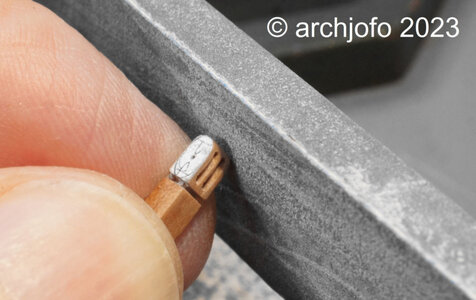
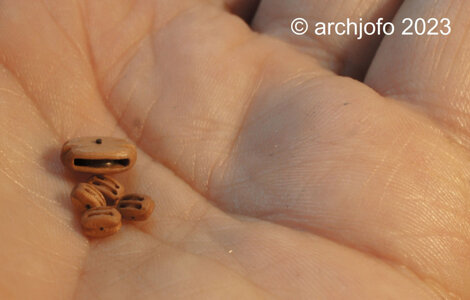
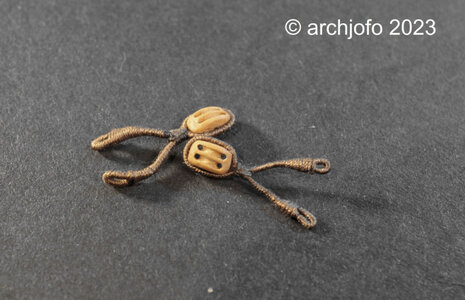
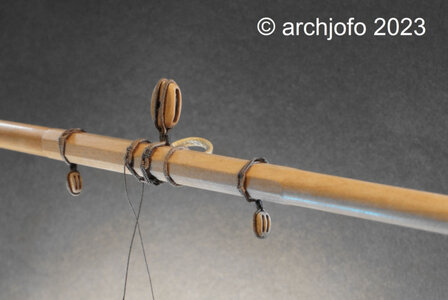
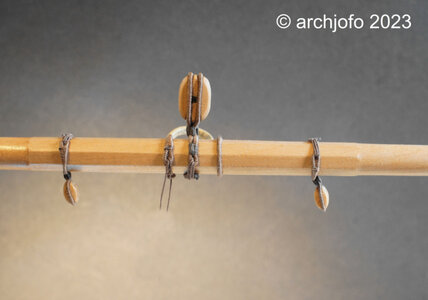

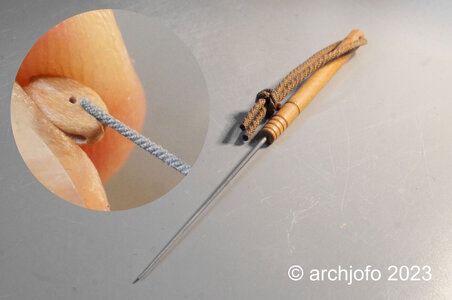
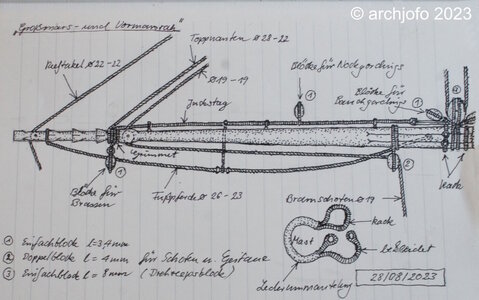
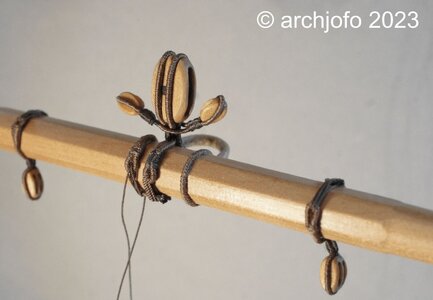
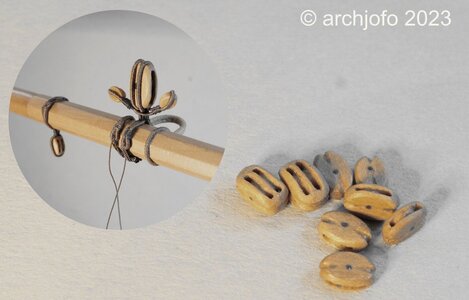
Those extra small needle files are called Escapement Files,Interesting needle file - smaller than what I have - so maybe interesting to have in the workshop
Where did you buy this / them?



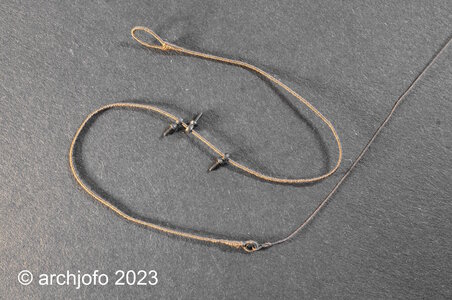
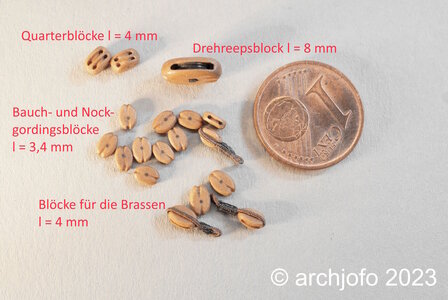
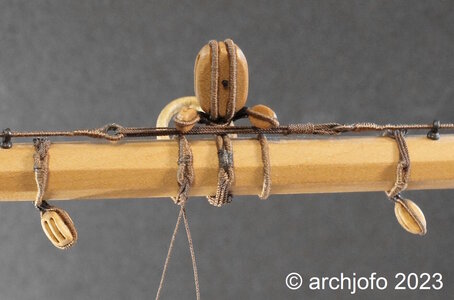
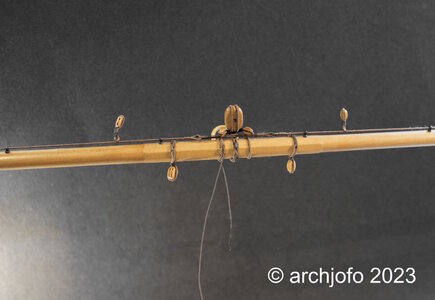

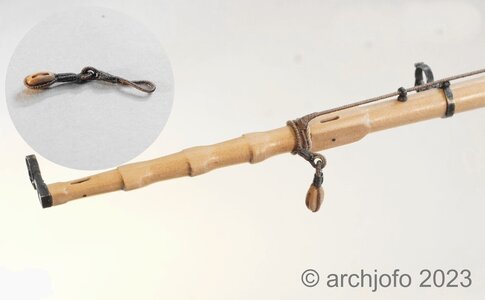
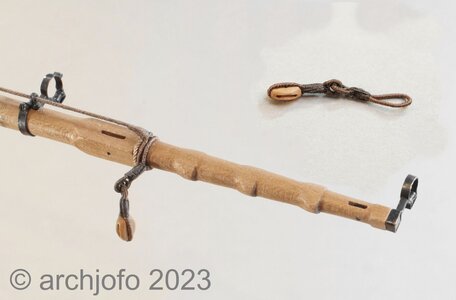
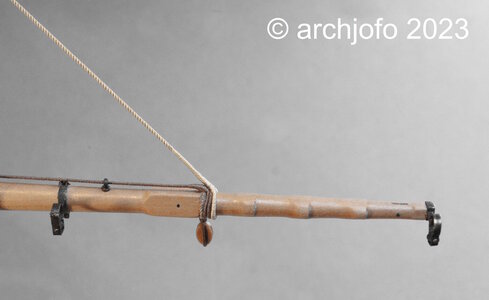
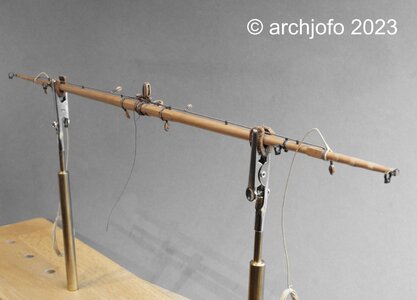
I'm a younger newer building with many years of building and encouragement. Looking at your work is always a joy, massive envy and inspiration. thank you for sharing your photos.@Steef66
@Jimsky
@Mirek
@albertmary
@Uwek
@WojtasS
@Hoss6262
Hello,
I am very happy about your nice comments.Thanks for that, and also for the LIKES.
Continued: Equipment of the fore yard - topsail sheets, lifts and studding sail booms
In the meantime, the topsail sheets, the lifts and the studding sail booms were attached to the fore yard for my little French girl.
View attachment 386082
View attachment 386079
I almost forgot an important detail to complete the equipment of the fore yard, namely the arrangement of the blocks for the clewlines, the sheets and the tacks.
I'll do that again and report back soon.
So see you soon...
Greetings, dear Johann. Recently i visited Technical Museum in Berlin. Apart from ecerytjing else, there's a big exposition of the sailing ships models. It was such an incredible pleasure, my recommendation to the colleagues who would visit Berlin. There is a wonderful model of La Creole, so i had a Chance to learn more about a model you are working on. My very best regards@Uwek
Hello Uwe,
I only know the model in the Musée national de la Marine in Paris. I haven't had a chance to see the original model in the Paris museum. But I got many detail photos of the La Créole from some fellow modelers who were in the museum. Also, the museum gave me some high resolution photos of the model for free upon request. And then there are many photos that I found on the Internet during research.
Often, however, the problem arises that one cannot sufficiently recognize certain details because, for example, the view of them is obscured by other parts or the image resolution is simply too poor.
In addition, there are a lot of discrepancies between the monograph of J. Boudriot and the original model. Unfortunately, it is no longer possible to ask J. Boudriot why he drew or described various details differently. Especially in the rigging there are many differences which do not always seem to be comprehensible. As already written several times, I try to stick as far as possible to the original model or to the technical literature.
The museum is scheduled to reopen in October 2023 after 6 years of renovation. Maybe I'll manage to visit the original.
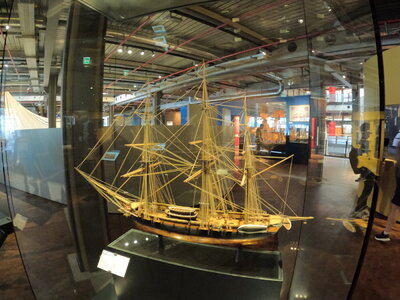
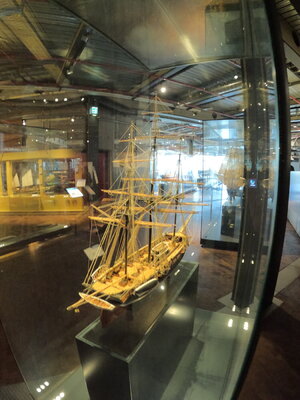
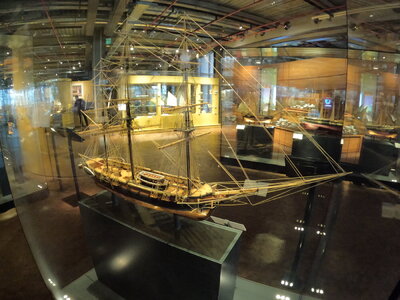
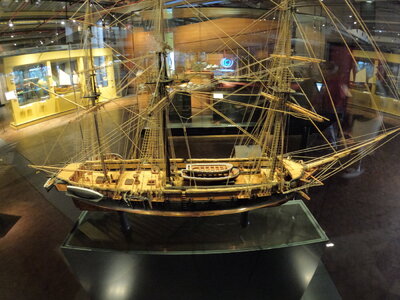
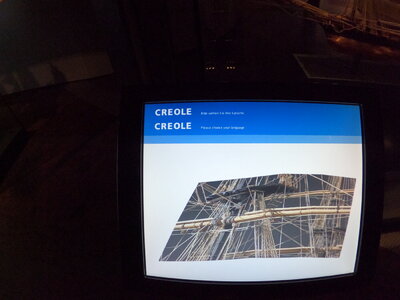
Interesting model and seems to be also the museumGreetings, dear Johann. Recently i visited Technical Museum in Berlin. Apart from ecerytjing else, there's a big exposition of the sailing ships models. It was such an incredible pleasure, my recommendation to the colleagues who would visit Berlin. There is a wonderful model of La Creole, so i had a Chance to learn more about a model you are working on. My very best regards
View attachment 399277
View attachment 399278
View attachment 399280
View attachment 399281
View attachment 399282

Dear Uwek, i've seen this model as well. But in a different hall, and its Level is much lower. So this is a different model. My apologies to dear Johann for the unrelevant conversation in his theme. My very best regardsThese are "new" models and not contemporary models - the exhibition is not permanent, but timely limited -> so it seems to be the taste of the modeler
The Creole was made in 2003 by Michael Keyser
Maybe also other models are from the same modeler.....
Schifffahrt
Faszination der Seefahrt: Die Ausstellung „Lebenswelt Schiff“ erzählt von der engen Beziehung zwischen Mensch, Meer und Schiff.technikmuseum.berlin

